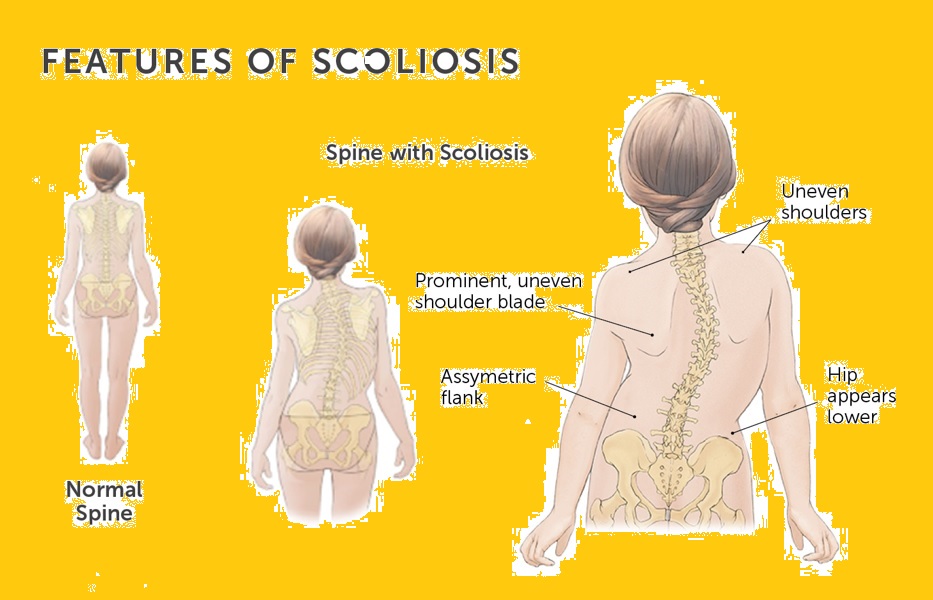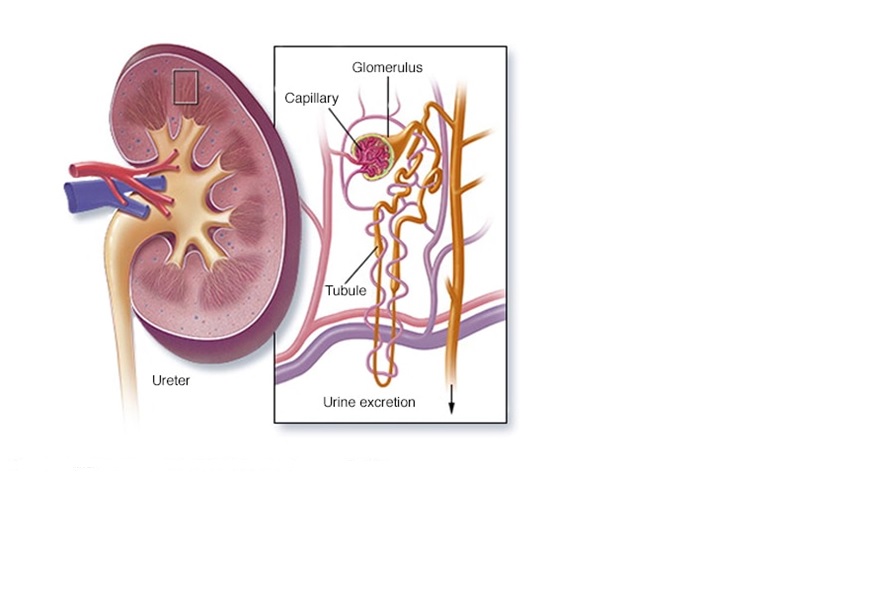Adenocarcinoma of the lung is a type of non-small cell lung cancer. It occurs when abnormal lung cells multiply out of control and form a tumor. Eventually, tumor cells can spread (metastasize) to other parts of the body including the
- lymph nodes around and between the lungs
- liver
- bones
- adrenal glands
- brain.
Adenocarcinoma is the most common form of lung cancer. It’s generally found in smokers. However, it is the most common type of lung cancer in nonsmokers. It is also the most common form of lung cancer in women and people younger than 45.Compared with other types of lung cancer, adenocarcinoma is more likely to be contained in one area. If it is truly localized, it may respond to treatment better than other lung cancers.
As with other forms of lung cancer, your risk of adenocarcinoma increases if you
- Smoke.
- Breathe tobacco smoke.
- Are exposed to radon gas.
- Are exposed to asbestos. Asbestos is a mineral used in insulation, fireproofing materials, floor and ceiling tiles, automobile brake linings, and other products.
- Are exposed to other cancer-causing agents at work. These include uranium, arsenic, vinyl chloride, nickel chromates, coal products, mustard gas, chloromethyl ethers, gasoline, and diesel exhaust.
Symptoms
Many people with adenocarcinoma of the lung or other types of lung have no symptoms. It may be detected on chest x-ray or CT scan that is performed for screening or some other medical reason.
All lung cancers, including adenocarcinoma, have similar symptoms. They include
- a cough that doesn’t go away
- coughing up blood or mucus
- wheezing
- shortness of breath
- trouble breathing
- chest pain
- fever
- discomfort when swallowing
- hoarseness
- weight loss
- poor appetite.
Treatment
Treatment depends on the cancer’s stage as well as the patient’s condition, lung function, and other factors. (Some patients may have other lung conditions, such as emphysema or COPD—chronic obstructive pulmonary disease.) If the cancer has not spread, surgery is usually the treatment of choice. There are three types of surgery:
- Wedge resection removes only a small part of the lung.
- Lobectomy removes one lobe of the lung.
- Pneumonectomy removes an entire lung.
Lymph nodes are also removed and examined to see if the cancer has spread.
Some surgeons use video-assisted thoracoscopy (VATS) to remove small, early-stage tumors, especially if the tumors are near the outer edge of the lung. (VATS can also be used to diagnose lung cancer.) Because the incisions for VATS are small, this technique is less invasive than a traditional “open” procedure.
Because surgery will remove part or all of a lung, breathing may be more difficult afterwards, especially in patients with other lung conditions (emphysema, for example). Doctors can test lung function prior to surgery and predict how it might be affected by surgery.
- Chemotherapy
- Radiation










